| Plant Habit: | Herb/Forb |
| Life cycle: | Perennial |
| Sun Requirements: | Full Sun Full Sun to Partial Shade |
| Water Preferences: | Wet Wet Mesic Mesic |
| Soil pH Preferences: | Slightly acid (6.1 – 6.5) Neutral (6.6 – 7.3) |
| Minimum cold hardiness: | Zone 3 -40 °C (-40 °F) to -37.2 °C (-35) |
| Maximum recommended zone: | Zone 8b |
| Plant Height: | 1.5 to 5 feet, usually 2 to 4 feet |
| Plant Spread: | about 2 feet wide |
| Leaves: | Other: 3 to 6" long, opposite, lanceolate, and toothed |
| Flowers: | Showy |
| Flower Color: | Lavender White |
| Flower Time: | Summer Late summer or early fall |
| Uses: | Cut Flower Will Naturalize |
| Wildlife Attractant: | Bees |
| Resistances: | Flood Resistant |
| Propagation: Seeds: | Needs specific temperature Days to germinate: 14 to 30 |
| Propagation: Other methods: | Division |
| Pollinators: | Moths and Butterflies Bumblebees |
| Containers: | Not suitable for containers |
| Miscellaneous: | Monoecious |
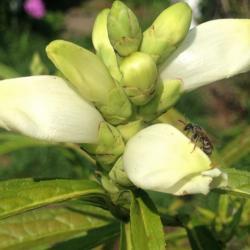

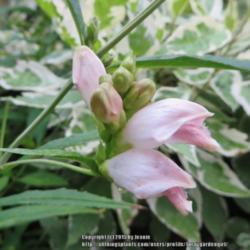
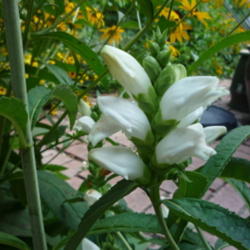


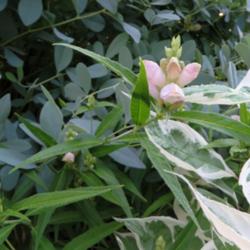


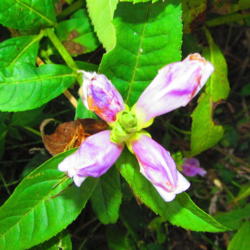
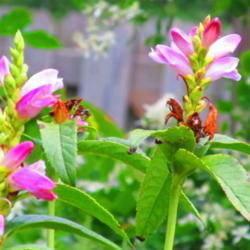
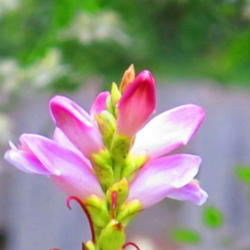

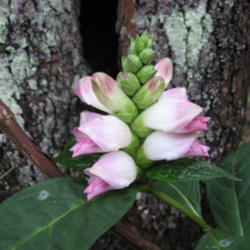
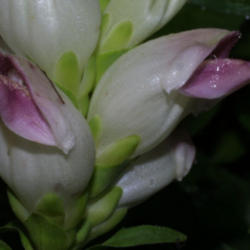
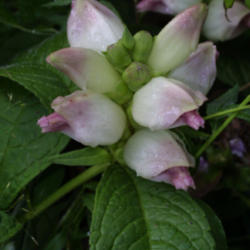

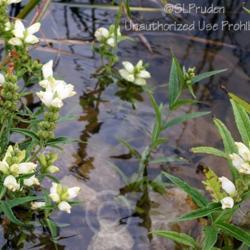


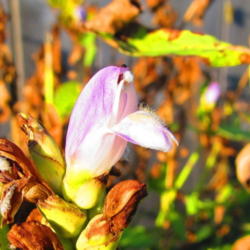
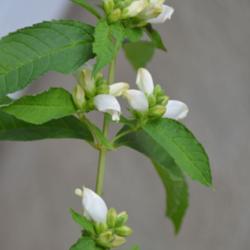
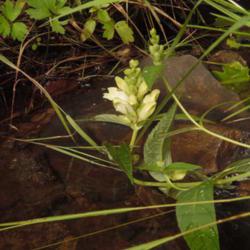

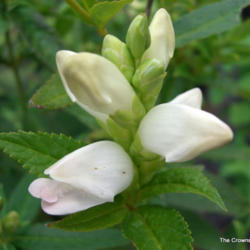
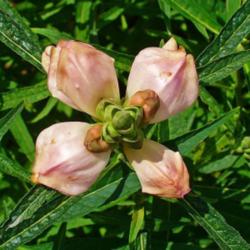
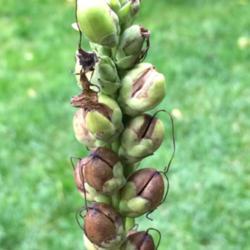
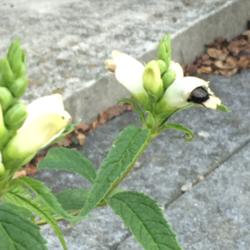
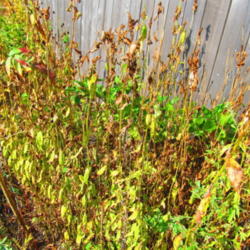


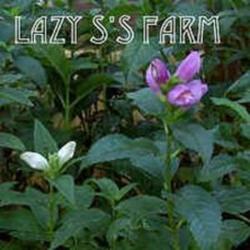
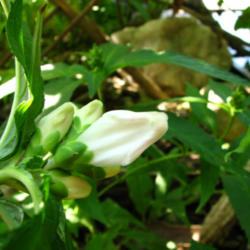



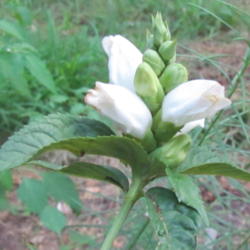
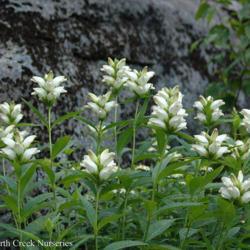



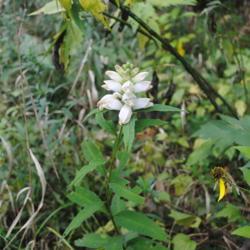
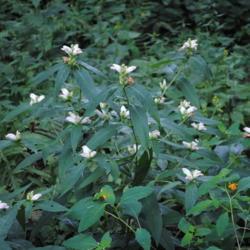


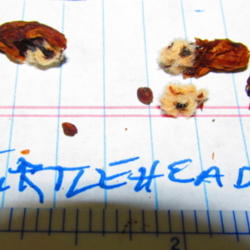
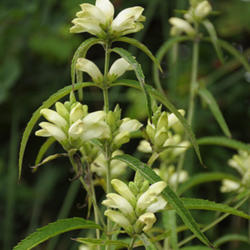


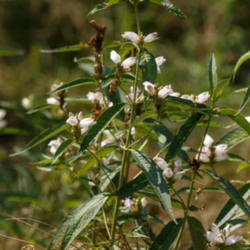
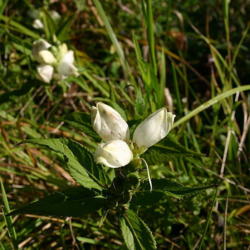
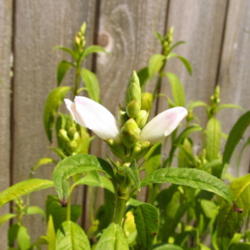

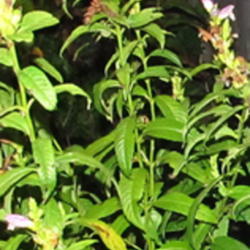


| jmorth | On August 25, 2014 | Bloomed |
| Catmint20906 | On September 19, 2015 | Bloomed |